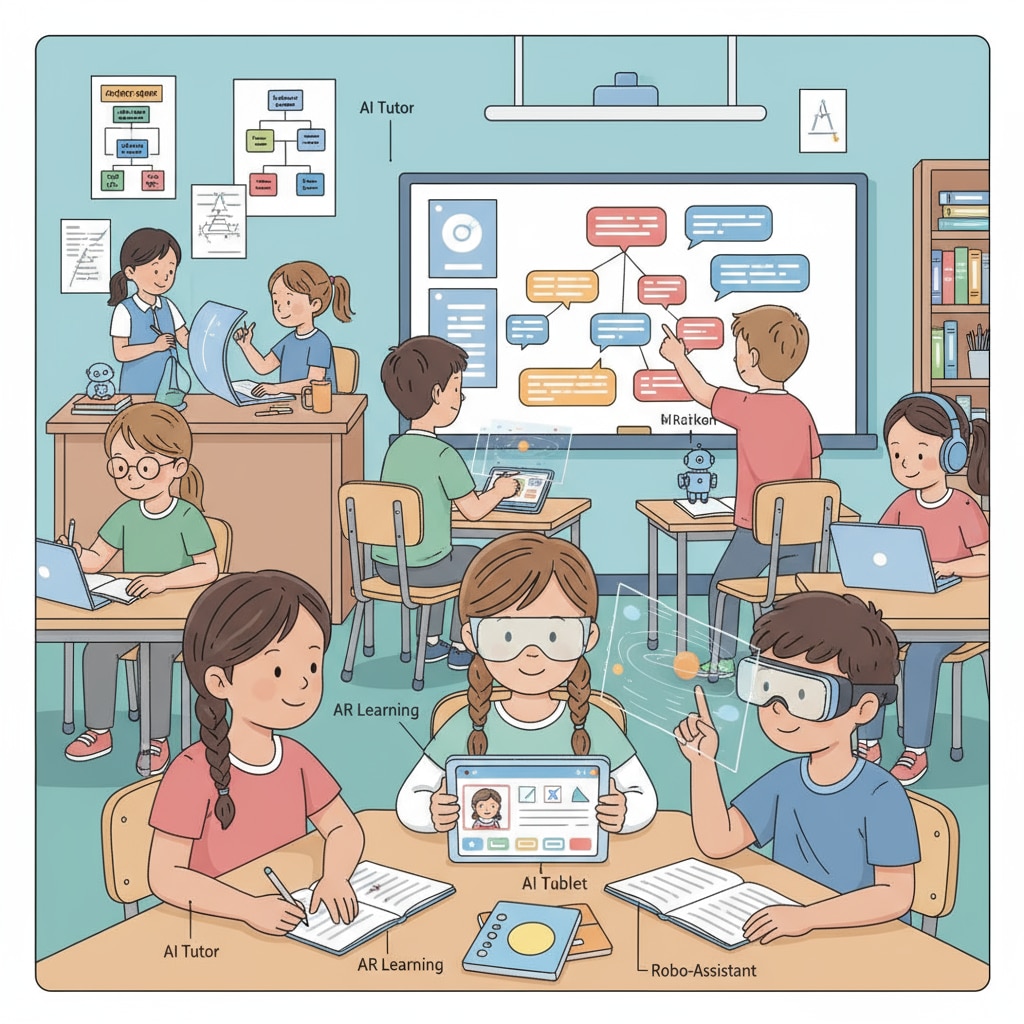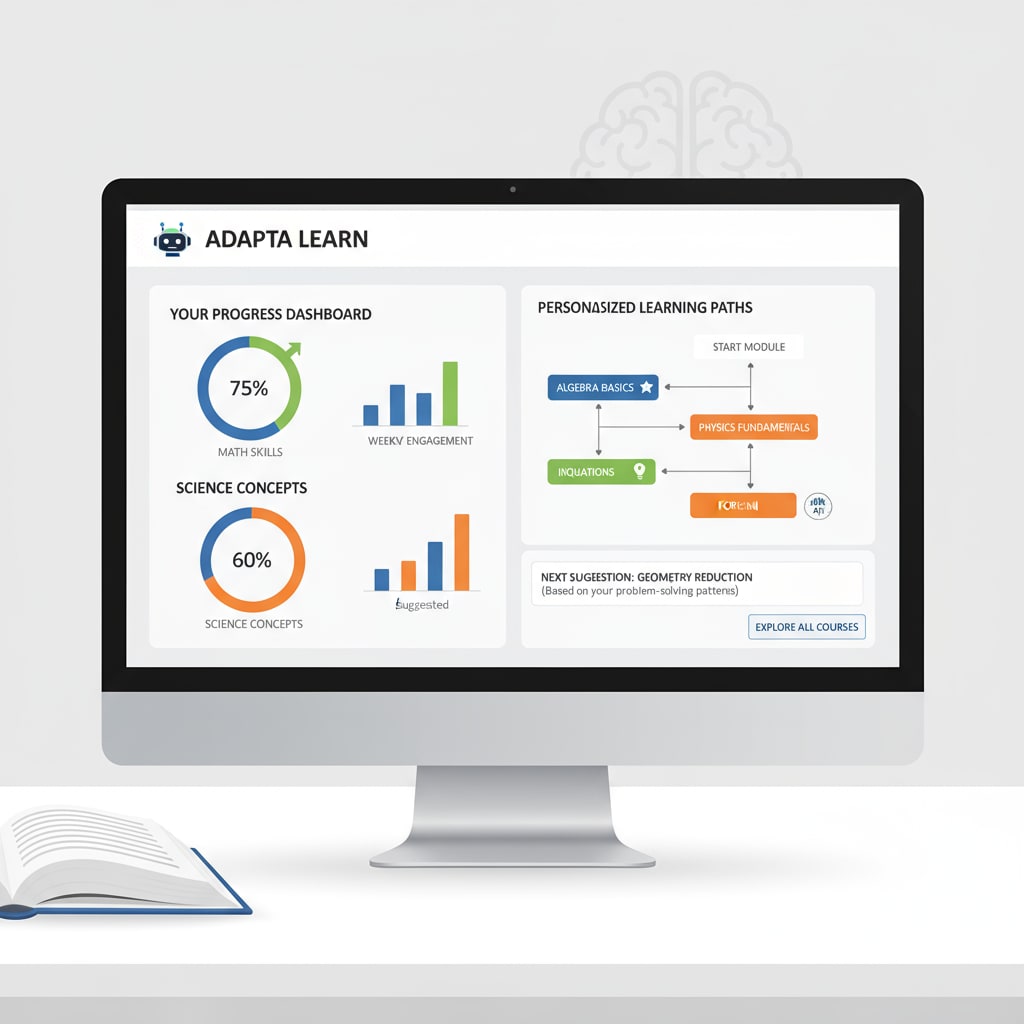Artificial intelligence, education, and learning tools are intertwined in today’s digital age. The integration of AI in K12 education has opened up new horizons, but it also comes with its fair share of challenges. As technology continues to evolve, it’s crucial to understand how to use AI effectively in the educational landscape.

The Promising Potential of AI in K12 Education
AI has the potential to revolutionize K12 education in numerous ways. For example, it can offer personalized learning experiences. Adaptive learning platforms powered by AI can analyze students’ learning patterns, strengths, and weaknesses. Based on this data, these platforms can customize the curriculum, presenting materials at the right pace and level for each student. This individualized approach ensures that students receive the support they need to reach their full potential.

The Risks and Challenges of AI in Education
However, the use of AI in K12 education also brings several risks. One major concern is the issue of bias. AI algorithms are only as good as the data they are trained on. If the training data contains biases, such as gender or racial biases, the AI system may produce discriminatory results. This could lead to unfair treatment of certain students. Additionally, there are concerns about the reliability of AI-generated content. Students may rely too heavily on AI tools for assignments, potentially undermining their critical thinking and creativity skills. Artificial intelligence in education on Wikipedia
To address these challenges, educators and parents need to take proactive steps. They should ensure that AI tools are used as supplements, not replacements, for traditional teaching methods. Educators can also play a crucial role in teaching students how to critically evaluate AI-generated information. By doing so, students will be able to use AI as a valuable learning tool while maintaining their own intellectual autonomy. Using artificial intelligence in education on TeachThought
Readability guidance: The article uses short paragraphs to present ideas clearly. For example, the sections on potential and risks are divided into concise paragraphs. Lists could be added in future expansions to further streamline information. The passive语态 is kept to a minimum, and transition words like ‘however’ and ‘additionally’ are used to enhance the flow.


